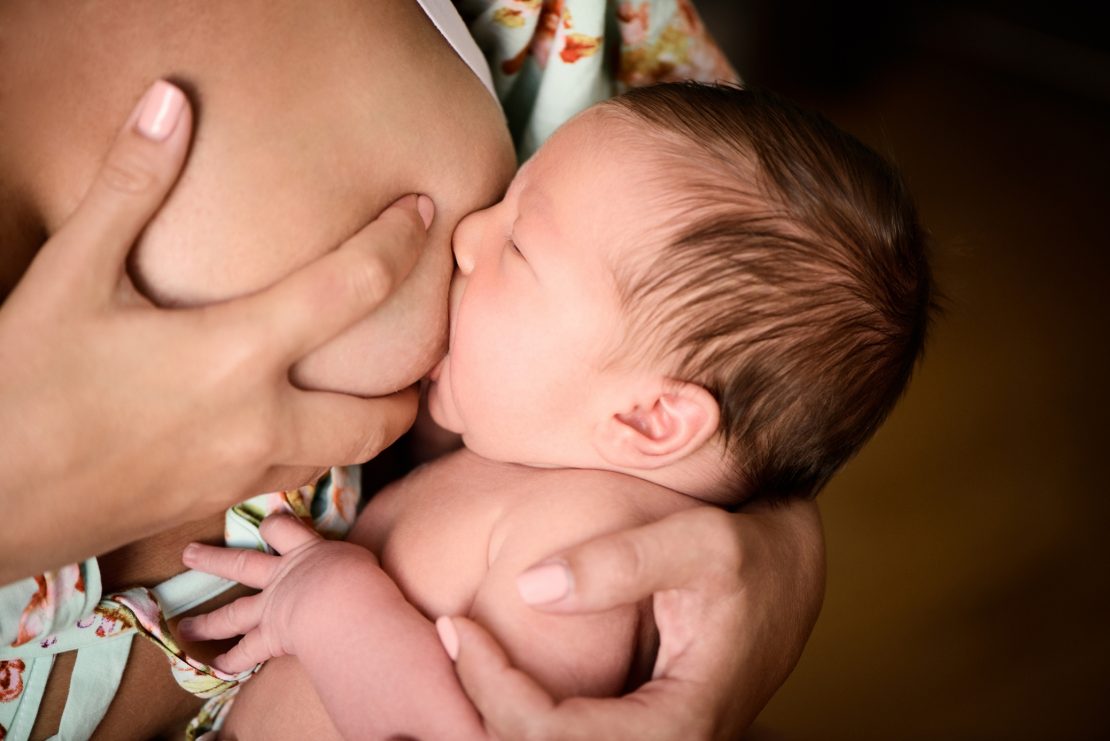What’s in my breastmilk?
Updated December 28th, 2023

At about 21 weeks of your pregnancy your body starts making milk which you may not notice until after delivery. Breasts of all shapes and sizes can make milk.
Your breasts are designed to make as much milk as your baby (or babies – twins, triplets) needs. The more often your baby feeds, the more milk you make (also known as supply and demand).
Your breastmilk changes daily to meet the nutritional needs of your growing baby.
Your breast milk has three different stages:
Colostrum:
- Your first breast milk is called colostrum. Your body starts to make colostrum when you are around four months pregnant, and it will last up to four days after you give birth. It is either yellowish or creamy in color. Colostrum is high in protein, fats, vitamins and antibodies. Consider colostrum your baby’s first immunization. This is the first milk your baby will get when you breastfeed.
- At this point many parents worry that they are not producing milk and they are concerned that their baby is not getting enough.
- Colostrum provides all the nutrients your baby needs for the first few days of life. Your baby’s tummy is the size of a dime at birth so he will only need a little bit at a time. This is why babies need to feed so often.
Transitional milk
- Three to four days after you give birth, your breasts will become fuller and heavier. Mothers often refer to this as their milk “coming in”. Transitional milk looks like milk mixed with orange juice. It has less antibodies and protein than colostrum but has more sugar, fats and calories which your baby needs for growth.
Mature milk
- This will come in about 10 days after you give birth. It looks like watery skim milk because it is 90% water. This will keep your baby hydrated. The other 10% is made up of carbohydrates, proteins, and fats which your baby needs for growth and energy.

Our bodies are amazing! They make the right type of milk our babies need as they grow and develop.
Check out this video!
Note: Other videos may be recommended by the host channel (e.g. YouTube, Vimeo). These suggestions may be based on your personal search history and other factors. The WRHA does not control these suggestions and is not responsible for and may not endorse the content.
Need help getting started with breastfeeding? Click here.